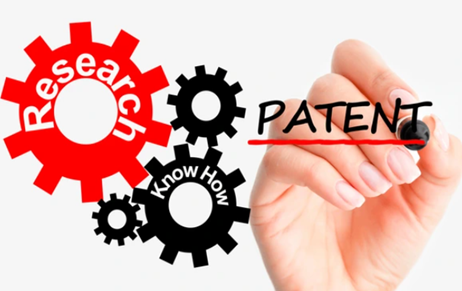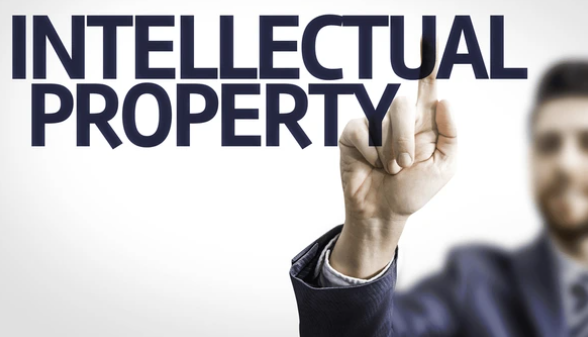The fifth generation of wireless technology (5G) is a transformative leap in mobile communications. This…
Early publication of patent application under the Indian patent law system
Publication of a patent application is one of the prime stages in the process of getting a patent. The publication date of the patent application is considered of a specific significance because the applicants’ advantages as well as rights start from the publication date. Even though the applicant cannot seek any infringement proceedings till the patent is granted.
Generally, the patent application is published in the Official Patent Office Journal automatically after 18 months from the date of filing of the application or the priority claimed date, whichever is earlier. It is to be noted that only complete applications are published, whereas the provisional applications, unless filed as a complete after provisional (CAP) application (i.e., complete application before the expiry if 12 month form the filing date of the provisional application), are neither published nor examined by the Patent Office. The provisional application will be deemed abandoned at the expiry of the 12 month period if a CAP application is not filed.
The provision for early publication is given under Section 11A(2) of the Indian Patents Act, 1970, which states that “The applicant may, in the prescribed manner, request the Controller to publish his application at any time before the expiry of the period prescribed under sub‑section (1)1 and subject to the provisions of sub‑section (3)2, the Controller shall publish such application as soon as possible”.
Thus, a request for early publication can be made by filing a Form 9 along with a payment of fees of INR 2500 (if applicant is a natural person/startup) or INR 6250 (if applicant is a small entity) or INR 12500 (if applicant is other than natural person/startup or small entity). Under rule 24A, and upon the request for early publication, the application will normally be published within 1 month from the date of such request.
It is important to note that the provision to file the request for early publication for any patent application is available ONLY to the Applicant of the patent application, whereas any other person, apart from the Applicant of the patent application, cannot file such request for any reason whatsoever.
Advantages of early publication:
- Reducing prosecution time. Examination of a patent application takes place only after publication of the patent application (subject to the queue position of the application pending examination and filing of request for examination by way of Form 18). Provided that if an Applicant files a complete application in the first instance along with Form 18 and Form 9, the Applicant stands to advance prosecution time by approximately 17 months. In another example, if the Applicant files a CAP along with Form 18 and Form 9 at the 12 month deadline, the Applicant stands to advance prosecution time by approximately 5 months.
- Start time of patentee rights. A patentee can institute a suit or other proceeding for infringement against the infringing party only after grant of the patent, however, the rights start accruing only after the publication date. Therefore, in the instance of early publication, the applicant gets “extra” time for which damages may be claimed from potential infringers.
- Prior art: A patent application does not become prior art until it is published, i.e. it becomes a prior art only after 18 months from the date of filing of the application or the priority claimed date, whichever is earlier. An applicant interested in securing his patent rights at the earliest can take advantage of detracting his competitors by making his invention/application public at the earliest instance.
- Discouraging competitors: Early publication allows the applicant to advertise to potential competitors that a particular subject matter is already a subject of the patenting process. This may serve to detract the competitor from coming up with a similar product or process. However, with India following first-to-file system, the utility of this advantage has diminished and of limited value.
Disadvantages of early publication:
- Fees: Though the fees for filing a request for early publication (as stated above) is not significant, however, for many individual or small entities, the amount may not be trivial and represents a cost over and above the regular fees.
- Withdrawal of application: Under normal procedure, the applicant has upto the 15th month from priority date to withdraw the application. However, with early publication, depending upon when the request is made, the Applicant’s choice to withdraw may be greatly curtailed.
- Pay-to-play: The early publication feature allows those with financial wherewithal to leapfrog the examination queue in part by eliminating or substantially decreasing the latency time while the application is not published. This may be unfair to applicants who otherwise cannot avail of this opportunity.
- Risk of pre-grant opposition: A pre-grant opposition can be filed by any person upon publication of the application and at any time before grant of the patent if the prescribed examination fee has been paid. Thereby, early publication certainly gives more time for the opponents for pre-grant opposition.
Overall, it can be appreciated that based on the strategy of the Applicant and his interest, the provision of early publication can be exercised at the Applicants discretion to maximize the value of the patent.
It should be noted that given the long pendency of applications currently awaiting examination at the Indian Patent Office, early publication just might be a relatively non-expensive method (for those who can afford it) to expedite the prosecution process.
1Section 11A(1): Save as otherwise provided, no application for patent shall ordinarily be open to the public for such period as may be prescribed.
2Section 11A(3): Every application for a patent shall, on the expiry of the period specified under sub‑section (1), be published, except in cases where the application-(a) in which secrecy direction is imposed under section 35; or (b) has been abandoned under sub‑section (1) of section 9; or (c) has been withdrawn three months prior to the period specified under sub‑section (1).
ABOUT THE AUTHOR:
Mr. Amitavo Mitra, Patent Agent and Sr. Patent Associate at Khurana and Khurana, Advocates and IP Attorneys. Views expressed in this article are solely of the author and do not reflect the views of either of any of the employees or employers.
Queries regarding this may be directed to amitavo@khuranaandkhurana.com or swapnils@khuranaandkhurana.com



